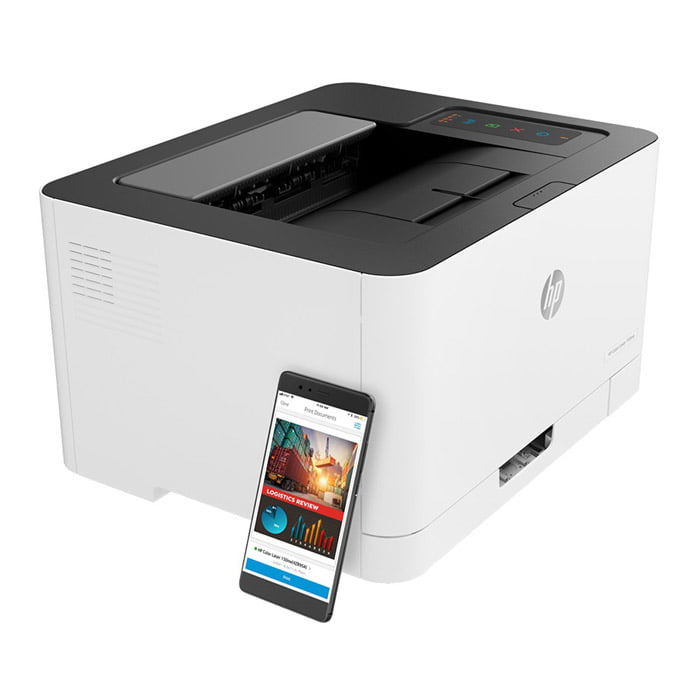Tech News
Do You Need a Combo Barcode Printer with Scanner? A Buying Guide
Barcode printing and scanning are critical operations in many industries today. An integrated barcode printer scanner combines both functions into one efficient device. This comprehensive guide provides everything to consider when purchasing a barcode printer scanner for your business or organization.
What Are Barcode Printer Scanners?
A **barcode printer scanner** integrates a barcode printer and barcode scanner together in one unit. This eliminates the need for separate printing and scanning hardware.
**Barcode printer scanners** allow seamless switching between printing and scanning barcodes without changing device modes or settings. This streamlines any workflow that involves creating barcode labels or tags and capturing barcode data.
**Barcode printer scanners** come in both 1D and 2D varieties. 2D models can scan QR codes and more complex barcodes beyond traditional 1D linear barcodes. This versatility suits a wide range of barcode applications.
**Portable barcode printers** maximize convenience with lightweight construction and wireless connectivity. Workers can easily transport **portable barcode printers** to print and scan items wherever needed, whether in a warehouse, retail environment or out in the field.
The Benefits of Using Barcode Printer Scanners
There are compelling benefits that make **barcode printer scanners** preferred choices over individual barcode printers and scanners:
– **Convenience** –
With an all-in-one barcode printing and scanning solution, there’s no need to purchase, maintain, and switch between separate devices.
– **Streamlined Efficiency** –
Transitioning between printing and scanning barcodes is quick and seamless with an integrated device. This notably improves workflow speed and reduces errors that can occur when toggling hardware.
– **Space Savings** –
A single barcode printer scanner takes up minimal footprint space versus having separate printing and scanning equipment. This helps maximize tight counter and desk areas.
– **Cost Savings** –
Combining printing and scanning capabilities in one device costs less than buying individual barcode printers and scanners. There are also ongoing savings from needing only one power source.
– **Enhanced Portability** –
Since the printing and scanning features are self-contained in one unit, **barcode printer scanners** are lightweight and easily transportable around a facility or out in the field.
Key Features to Look for in Barcode Printer Scanners
There are several important features and specifications to evaluate when selecting a **barcode printer scanner**:
– **Print Resolution** –
Higher print resolutions of 203 dpi or greater allow barcodes and labels to be generated with more crisp, precise details and clarity, especially for very small barcodes.
– **Printing Speed** –
Faster print speeds like 5-6 inches per second make printing large batches of barcoded labels and tags quick and efficient.
– **Scanner Type** –
Omnidirectional scanners offer maximum flexibility for scanning 1D and 2D barcodes at any orientation. More advanced CCD or laser scanners provide enhanced accuracy for damaged or low-quality barcodes.
– **Connectivity** –
Standard wired connections like USB and Ethernet as well as wireless capabilities like Wi-Fi and Bluetooth offer flexibility. Wi-Fi is ideal for retail stores, warehouses, and other scenarios where mobility and cordless operation is beneficial.
– **Durability** – **
Barcode printer scanners** designed with durable ABS plastic housings and protective bumpers can withstand the daily wear-and-tear of continuous business use.
Top Barcode Printer Scanner Models
Leading manufacturers offer a range of **barcode printer scanner** models to suit various needs and budgets:
– **Zebra ZD420d** –
A popular mid-range printer/scanner option with 600 dpi resolution, 4-inch per second print speed, and both USB and Ethernet connectivity choices.
– **Honeywell PC42t** –
Compact, entry-level **barcode printer scanner** with lower 203 dpi resolution but robust connectivity including USB, serial, and Bluetooth.
– **Epson ColorWorks C3500** –
Provides vibrant, retail-ready color labels and tags combined with scanning in one versatile device.
– **Datalogic Memor X3** –
Heavy-duty rugged industrial model with touchscreen interface, 300 dpi printing, and highly durable construction.
– **Brother TD-2120N** –
Economical 300 dpi printer suitable for high-volume shipping and inventory management applications.
There are **barcode printer scanners** appropriate for use cases ranging from retail and healthcare to supply chains and more.
## Key Buying Considerations for Barcode Printer Scanners
To select the ideal **barcode printer scanner**, keep the following important purchasing factors in mind:
– **Barcode Types** –
Confirm that the **barcode printer scanner** supports all the 1D and 2D barcode symbologies that your organization utilizes.
– **Print Volume** –
Higher printing/scanning volumes justify investing in faster print speeds and duty cycles. This optimizes workflow efficiency.
– **Label Materials** –
Special label stocks like antimicrobial wristbands or hazard shipping labels may require specific print resolutions.
– **Mobility Needs** –
If printing/scanning on-the-go is essential, prioritize lightweight construction and wireless connectivity in a **portable barcode printer**.
– **Sharing the Device** –
If the printer will be shared across multiple users, look for models with networking capabilities.
Implementing Barcode Printer Scanners
Once you’ve purchased a **barcode printer scanner**, proper setup and integration is key:
– Select appropriate barcode label design software and configure it to work with your new **barcode printer scanner**. Consider standalone software or browser-based online apps.
– Install necessary barcode scanner drivers and integrate with your existing databases, ERP/WMS systems, e-commerce platforms, or other business applications for seamless barcode printing and scanning.
– Train employees on using the new **barcode printer scanner** and creating/scanning labels to optimize adoption.
– Set up device sharing access and permissions if using a networked model.
Following best practices for implementation will maximize the value and ROI of your **barcode printer scanner**.
The Bottom Line
Investing in a dedicated **barcode printer scanner** simplifies critical barcode workflows to boost efficiency. This detailed buying guide covered the benefits of integrated printer/scanner devices, key purchasing considerations, top models, and implementation best practices.
Choosing the right feature-packed **barcode printer scanner** tailored to your specific barcode needs will provide convenience, time savings, and flexibility for your business.
